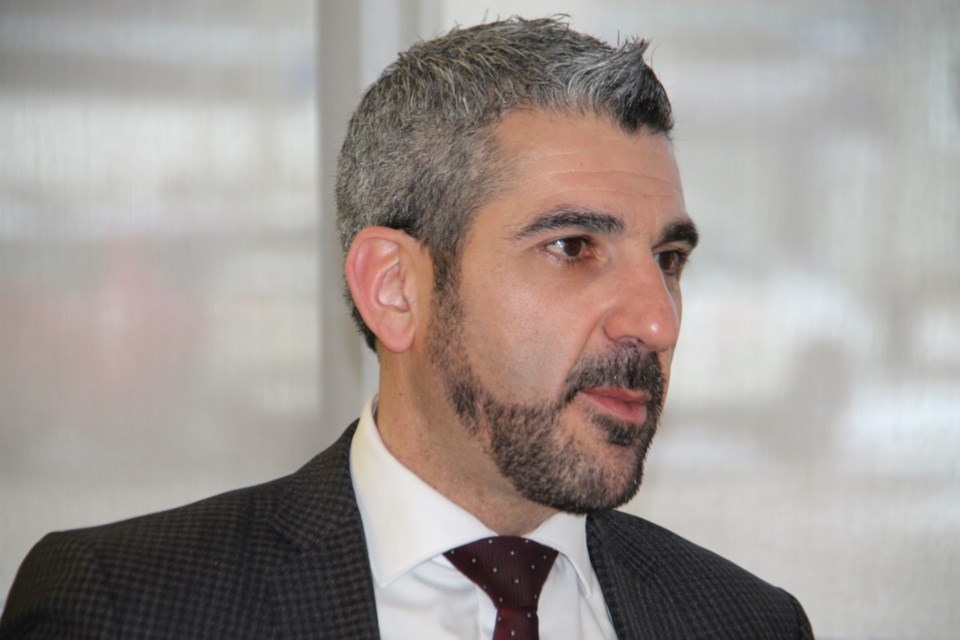With the Sault’s aging population in mind, Sault MPP Ross Romano announced Friday the Ontario government will be providing $105,454 in funding for Seniors Active Living Centre programs at the Sault’s Senior Citizen’s Drop-in Centre.
The funding, Romano said, is part of a larger amount of $14.1 million in provincial funding available for 2019-2020 to support more than 300 Seniors Active Living Centre programs in communities across Ontario.
“It’s always important (to care for seniors),” Romano said, speaking to reporters.
“Stats Canada has reported 30 per cent of our seniors across the country are at risk of being socially isolated. We know the more we invest in our seniors being able to stay in their own homes with active, healthy minds and bodies in centres like this, that the work being done by the staff here (may continue).”
“The longer seniors can stay in their own homes, we reduce costs in hallway health care and improve the health and wellness in our seniors' communities,” Romano said.
The funding announced Friday, Romano said, will go specifically toward the Sault’s Senior Citizen’s Drop-in Centre’s physical fitness, fall prevention and diabetes awareness and prevention programs as well as group outings for seniors within the community.
Responding to questions from a group of seniors and staff gathered at the centre, Romano said money for an elevator at the centre is available, but through a separate funding envelope.
On another note, Romano spoke to SooToday regarding his being absent (along with two other northern Ontario cabinet ministers) from the Legislature for a Nov. 7 vote on NDP MPP Guy Bourgouin’s Making Northern Ontario Highways Safer Act private member’s bill.
Bourgouin’s bill aimed to ensure Highways 11 and 17 are maintained with the strictest snow removal measures, calling for snow to be removed within eight hours of the end of a snowfall (similar to southern Ontario highways).
Romano said he was unable to attend the vote due to previous commitments related to his duties as Minister of Colleges and Universities.
However, he explained Class 1 and Class 2 highways differ, Class 1 being urban, four lane highways with higher volumes of traffic, Class 2 highways located in northern and rural areas.
“There are guidelines for a Class 1 highway to be cleared of snow, down to the pavement, in eight hours, a Class 2 highway in 16 hours. These are guidelines.”
“(But) we in Ontario, on Highways 11 and 17, as shown by statistics from the Ministry of Transportation, independent of any political body, reduce our roadways down to the pavement seven hours after snowfall, on average. So we’re doing it one hour better than a Class 1 highway’s guideline. We’re already surpassing the guideline for a Class 1 roadway,” Romano said.
“Even if I had been present I would have struggled to support Mr. Bourgouin’s private members bill...(Bourgouin’s bill) was largely done for political purposes.”
“Highway safety is of critical importance in northern Ontario. I think everyone of us, driving on northern highways, has experienced ‘white knuckling’ if you will, some of us have lost friends or family members in collisions on highways. Every single Ontario government of all political stripes has had to address this issue.”
Romano said the current Progressive Conservative government continues to work with the private and public sectors to ensure there are enough workers and adequate road clearing equipment to maintain northern roads in winter.
“We’re working on that very actively.”
